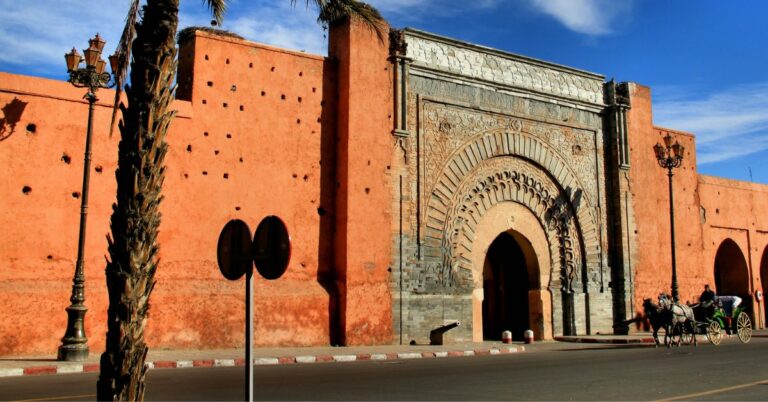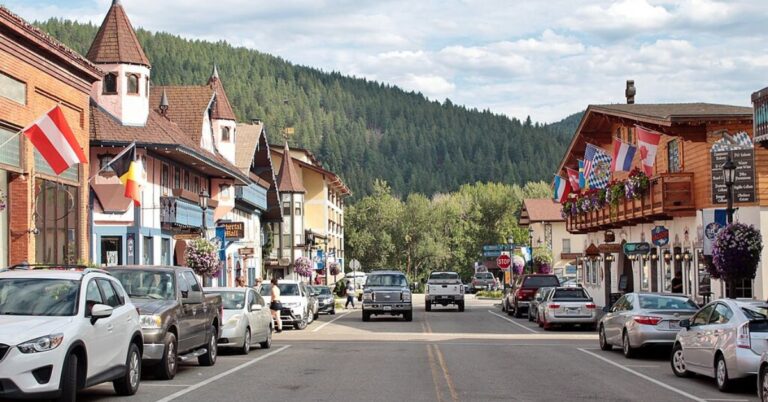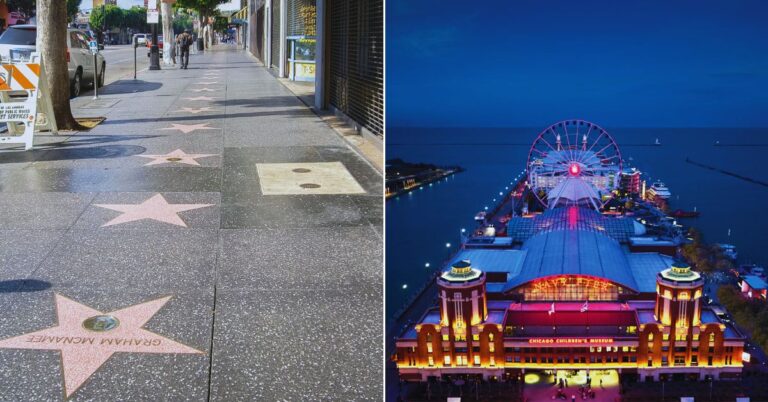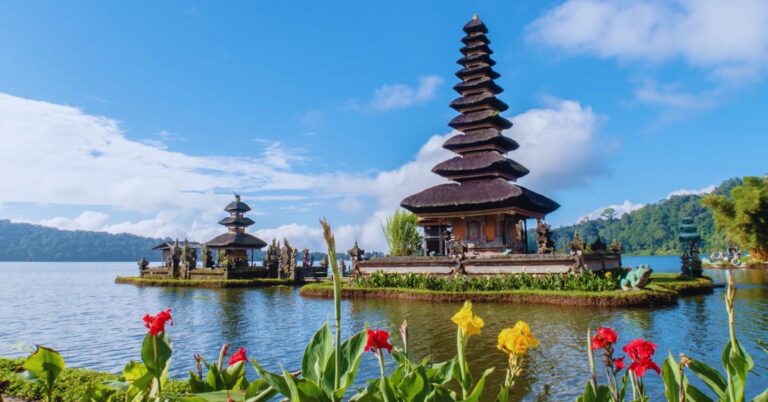15 Submerged Historic Sites That Have Reemerged

Throughout history, countless landmarks have vanished beneath rising waters, leaving behind only whispers of their existence. Yet, some have defied time and reemerged. Let’s take a journey through 15 resurfaced sites that reveal stories of human resilience, natural transformations, and long-forgotten civilizations.
Curon Venosta’s Sunken Bell Tower Resurfaces

Rising dramatically from Italy’s Lake Resia, this 14th-century bell tower has stood as a haunting symbol of a submerged village since 1950. Briefly revealed during reservoir maintenance in 2021, the tower’s striking presence continues to draw visitors, especially during winter’s frozen stillness.
Drought Unveils Spain’s Dolmen Of Guadalperal

A prehistoric marvel reappeared in Spain’s Valdecanas Reservoir during a 2019 drought. Known as the “Spanish Stonehenge,” this ancient dolmen dates back about 7,000 years. Its circular stones once marked ceremonial grounds. Preservation efforts highlight its fragility amid climate challenges.
Mexico’s Temple Of Quechula Emerges From Nezahualcoyotl Reservoir
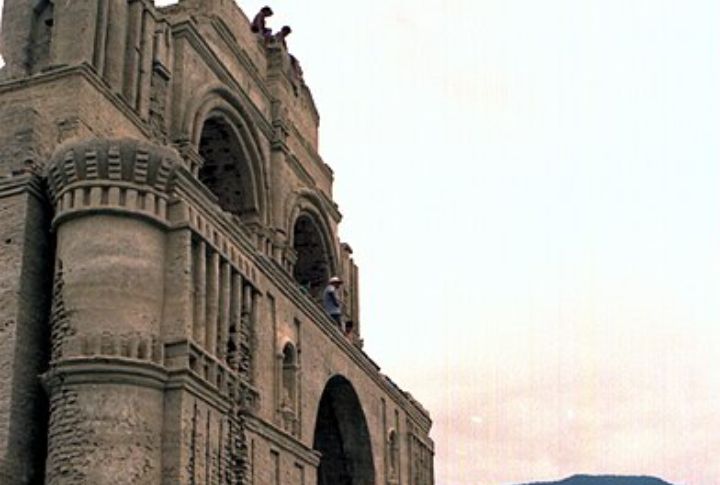
After decades underwater, a Mexican church dating back to the 16th century resurfaced in 2015 amid a severe drought. The Temple of Quechula, built by Dominican friars, showcases exquisite colonial architecture. As water levels drop, it becomes an imposing reminder of history meeting modern hydroelectric projects.
Italian Village Of Fabbriche Di Careggine Reappears After Decades

Beneath Lake Vagli lies Fabbriche di Careggine, a medieval Italian village submerged in 1947 for dam construction. Maintenance work occasionally drains the lake, revealing homes, a church, and a cobbled square. Its periodic reemergence offers a rare glimpse into untouched 20th-century life.
Derwent’s Lost Village Revealed By Low Reservoir Levels

Derwent, a flooded English village from 1943, reappears when droughts lower Ladybower Reservoir’s waters. The ghostly ruins of its church tower and bridge captivate visitors. During its immersion, only the bells were rescued; the rest remain a haunting underwater relic.
Drought Exposes Submerged Iraqi Village Of Gary Qasruka

Falling water levels in 2022 led to the reemergence of the abandoned village of Gary Qasruka in Iraq, which had been flooded in 1985. Houses and mosques now stand as stark reminders of lives displaced by development. Each reappearance highlights the cost of progress.
Medieval Kallio Village Resurfaces In Greece
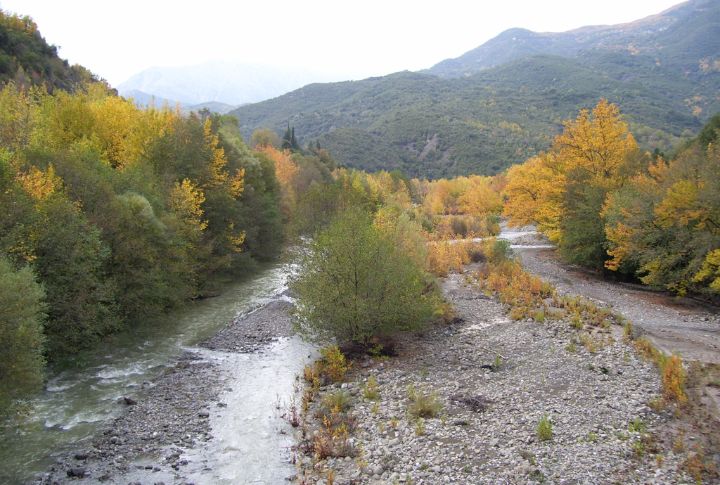
Kallio, a Greek village immersed in the 1970s for water storage, resurfaces during extended droughts. Its bare stone walls and narrow alleys testify to centuries of mountain life. These periodic unveilings bring nostalgia for locals who once called Kallio home.
Lost Italian Village Of Riva Resurfaces In Lake Como
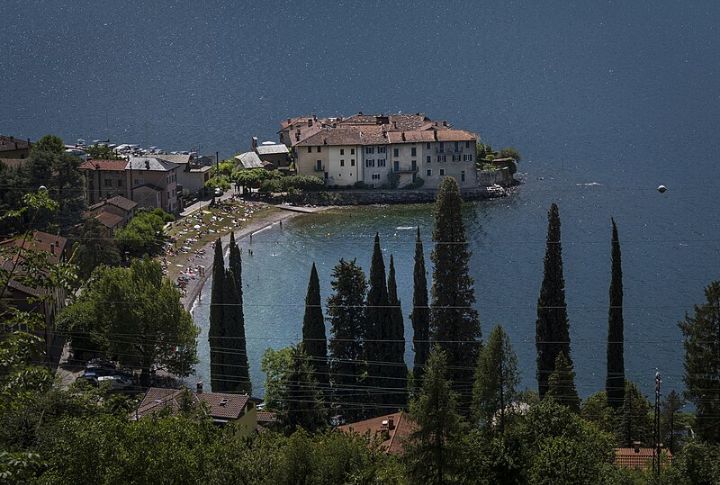
Lake Como briefly revealed the ruins of Riva, a village sunk in 1948 during the construction of a hydroelectric dam. Low water levels in 2022 uncovered walls, cobblestones, and remnants of its past life. This haunting reappearance reminded locals of a bygone era.
Ancient Roman Bridge Of Nero Revealed In The Tiber River
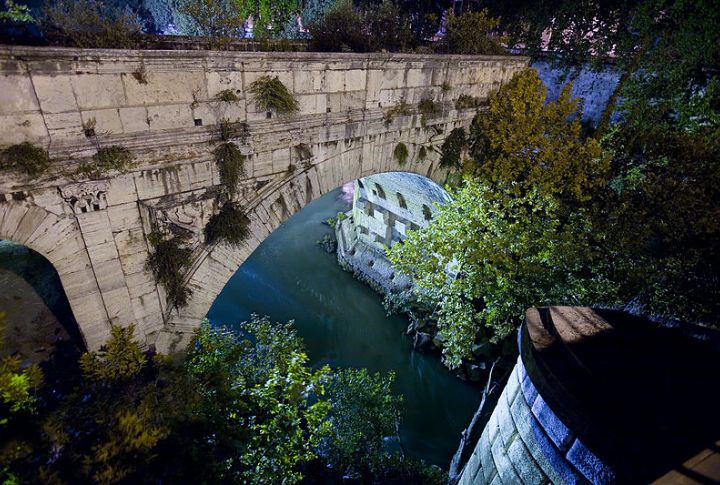
Long buried beneath the Tiber River, the ancient foundations of Nero’s bridge emerged in 2022, revealing a link between the emperor’s palace and the Vatican fields. Built in the first century, this structure once symbolized the grandeur of Imperial Rome. Today, its weathered remains are a powerful reminder of the city’s imperial past.
Curio Bay’s Petrified Forest Resurfaces In New Zealand
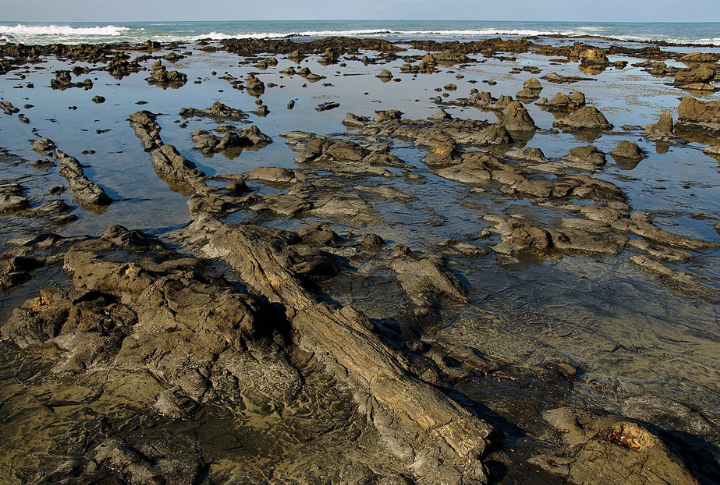
Curio Bay’s ancient scenery offers a rare glimpse into the past. Fossilized trees, preserved by volcanic ash, stand as a reminder of the Jurassic era. Twice daily, as the tide recedes, these 180-million-year-old trees become visible, attracting visitors who marvel at this window into Earth’s distant history.
Drought Reveals Church In Guanajuato, Mexico
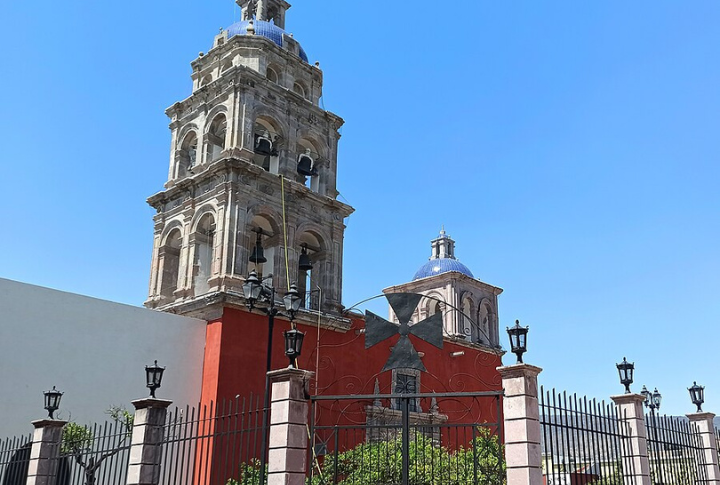
The Purisima Church, once located beneath the Purisima Dam, can now be seen during periods of drought in 2021. Its weathered facade and iconic spire evoke curiosity about its colonial past. This rare sight reminds us of the balance between natural resources and cultural heritage and the impacts of water resource management.
Lost Town Of Epecuen Resurfaces In Argentina
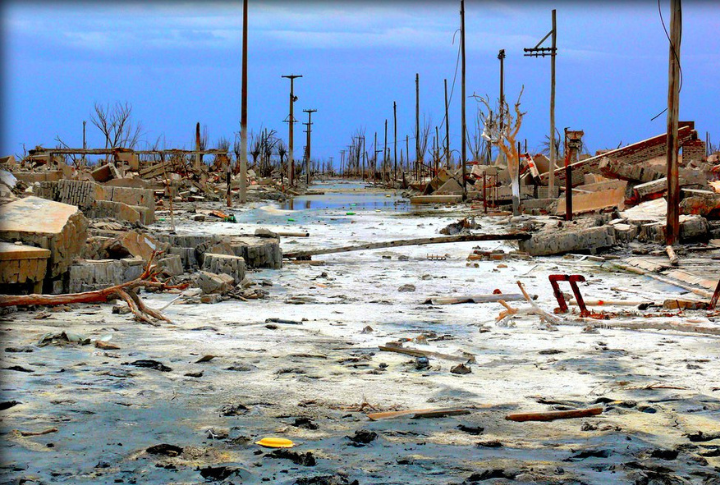
Submerged in 1985 by a sudden flood, the Argentine town of Epecuen reappeared in 2009 as water levels receded. Once a bustling spa destination, its eerie remains—crumbling streets, rusted vehicles, and decayed buildings—stand as a stark show of nature’s overwhelming force.
Drought Reveals 3,400-Year-Old Mittani Empire City In Iraq
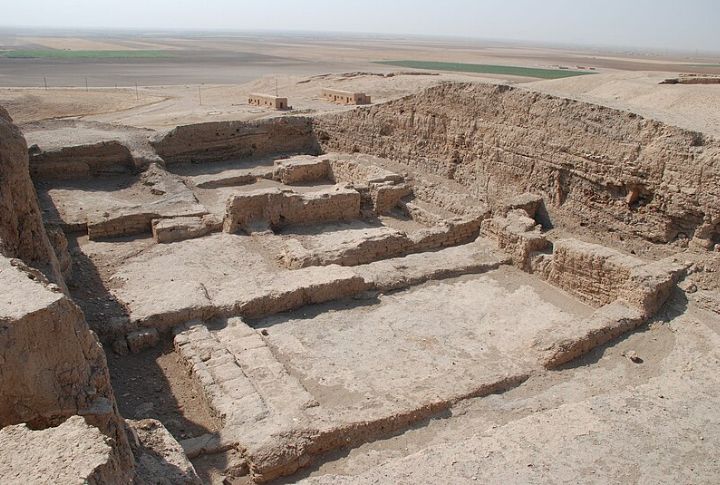
In early 2022, extreme drought conditions in Iraq caused water levels in the Mosul reservoir to drop significantly. This uncovered the ruins of a 3,400-year-old city believed to be part of the Mittani Empire. Archaeologists identified a palace and several large buildings, providing valuable insights into this civilization.
St. Thomas Village Revealed In Maharashtra, India

Back in 2019, severe drought conditions in Maharashtra led to the reemergence of immersed villages in the Upper Vaitarna Reservoir. The reservoir, constructed in the 1970s, inundated several villages, including St. Thomas. As water levels receded, remnants of these villages became visible.
Drought Unveils Neolithic Village At Lake Van, Turkey

Low water levels in Lake Van, Turkey, revealed a 5,000-year-old Neolithic settlement. Excavations revealed stone houses and burial sites. Archaeologists believe this site could reshape the understanding of early Anatolian civilizations. Its sudden appearance draws global attention to shifting water tables.

